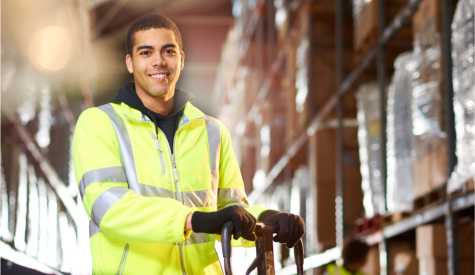Working to Protect Temporary Workers

OSHA recently issued a press release concerning their new alliance with the American Staffing Association as they “work together to further protect temporary employees from workplace hazards.”
The release contains a powerful quote from Assistant Secretary of Labor for Occupational Safety and Health Dr. David Michaels, who perfectly captures the goal of temporary worker safety from workplace hazards:
"We want to make sure that at the end of every work shift, all temporary workers in the United States are able to go home safely to their families.”
Of course we want all your workers to be safe on the job at all times, but some special attention should be directed to your temporary or seasonal employees. Temporary workers don’t always have the experience and ongoing training that long-term workers have, and, more to the point, they haven’t gone through your own safety training program. Even if they come into your workplace from similar industries and work situations, they still don’t know YOUR way of doing things like your regular employees do.
The Safety Daily Advisor website offers five tips to keep this particular workforce segment safe:
1. Train Them Yourself
In many of the recent fatal accidents involving temporary workers, the workers received inadequate training. Some employers that are tempted to cut safety training eliminate safety training for temporary workers first, thinking they can simply pass the buck for safety training to the temporary agency. It’s important, however, to conduct any site-specific training yourself.
2. Document Training
Your records should include the date temporary workers were trained, description of the training given and the topics covered, the trainer’s name, and evaluation method used to determine training effectiveness.
3. Provide PPE
Workers required to provide their own PPE may bring inadequate gear or gear that is in poor condition. Control the quality of the protection by providing it yourself, and make sure workers know how to properly use and maintain PPE.
4. Use Warning Signs and Labels
Make safety warnings explicit and visible. Label emergency stops, post reminders about lockout/tagout and machine guarding, and be clear about prohibited behaviors, such as operating equipment without safety gear.
5. Supervise Closely
Because temporary workers are not familiar with the workplace, they need close supervision—at least at first.
As OSHA puts it, “Both host employers and staffing agencies have roles in complying with workplace health and safety requirements and they share responsibility for ensuring worker safety and health.” Good communication between employer and agency, and some proactive safety training and procedures can go a long way towards protecting temporary workers’ rights to a safe work environment and ultimately keeping ALL employees safe, no matter what their length of time on the job.
Need to line up that extra training. You know we would love to help! Click below to learn more about how we make OSHA 10- and 30-hour training easy.
